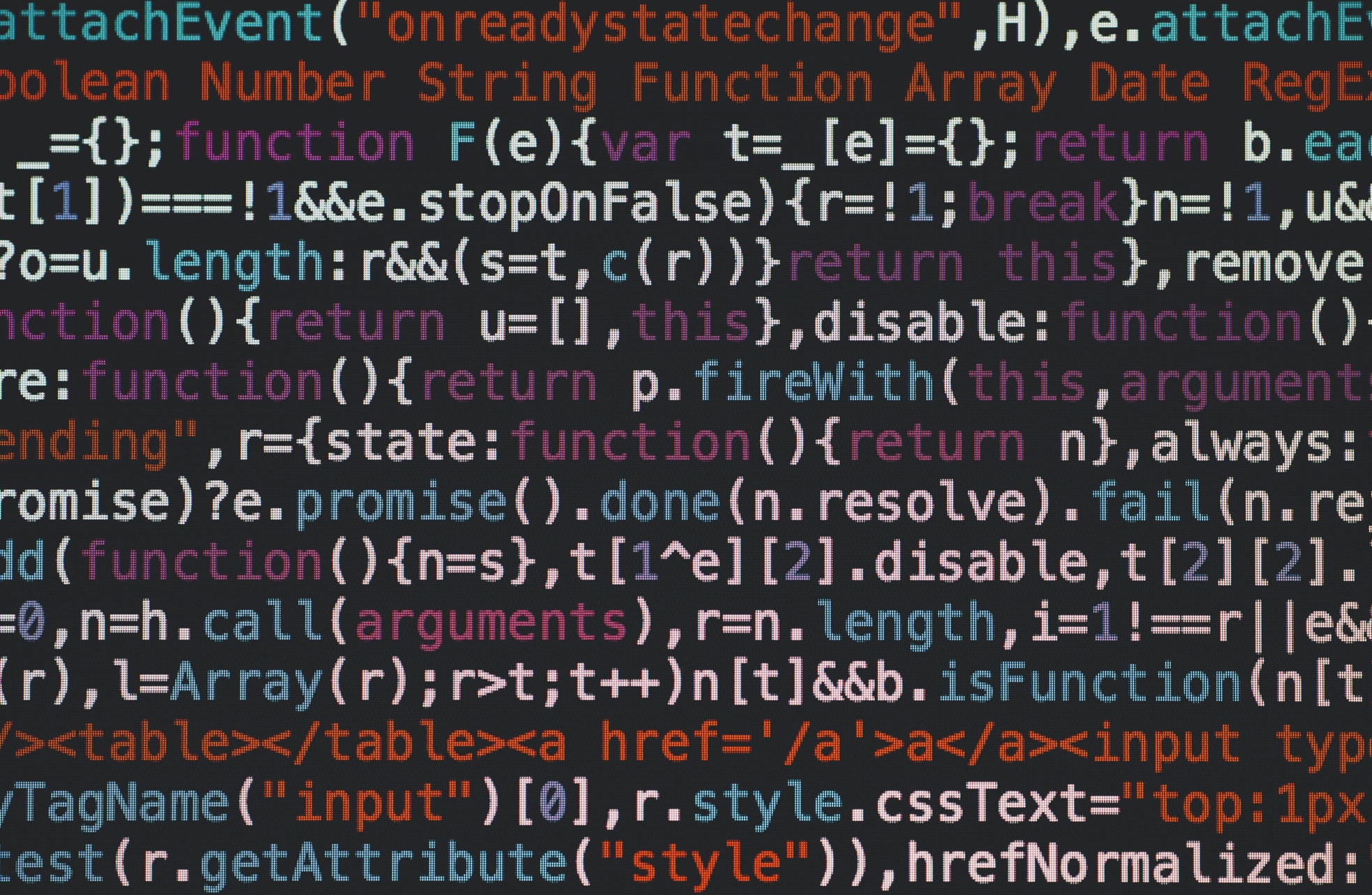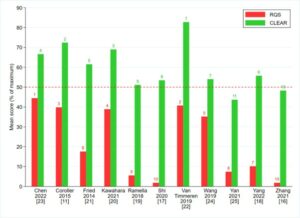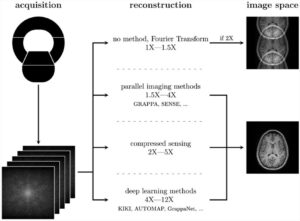This retrospective study sought to investigate if computer-extracted magnetic resonance imaging (MRI) phenotypes of breast cancer could replicate human-extracted size and Breast Imaging-Reporting and Data System (BI-RADS) imaging phenotypes using MRI data from The Cancer Genome Atlas (TCGA) project of the National Cancer Institute. Upon obtaining the results, it was possible to conclude that quantitative radiomics of breast cancer may replicate human-extracted tumour size and BI-RADS imaging phenotypes, thus enabling precision medicine.
Key points:
- Computer-extracted breast cancer maximum linear size replicated the human measurement.
- Computer-extracted breast cancer shape replicated the human-extracted imaging phenotypes.
- Using both computer- and human-extracted imaging phenotypes may be clinically valuable.
Article: Breast MRI radiomics: comparison of computer- and human-extracted imaging phenotypes
Authors: Elizabeth J. Sutton, Erich P. Huang, Karen Drukker, Elizabeth S. Burnside, Hui Li, Jose M. Net, Arvind Rao, Gary J. Whitman, Margarita Zuley, Marie Ganott, Ermelinda Bonaccio, Maryellen L. Giger, Elizabeth A. Morris and on behalf of the TCGA group













